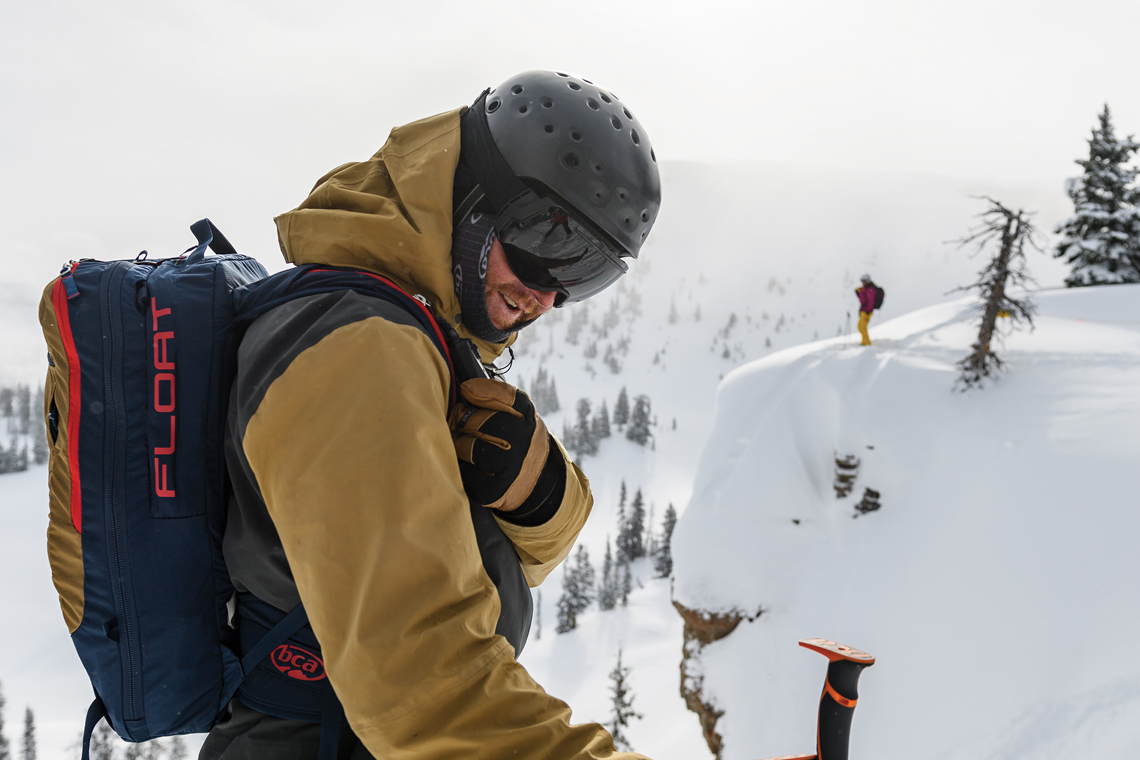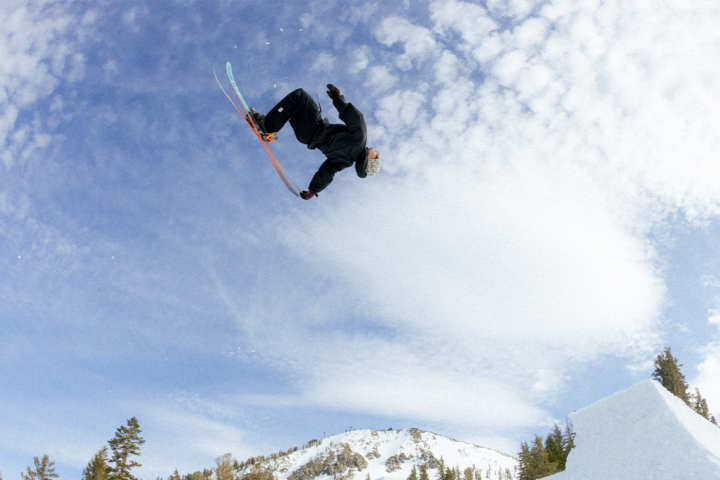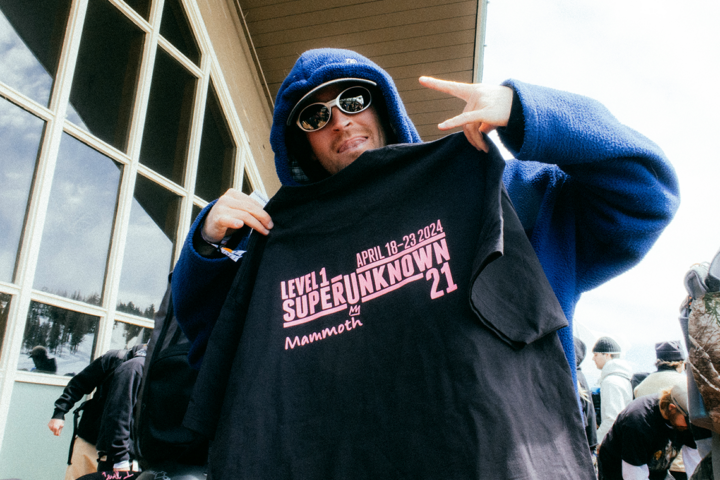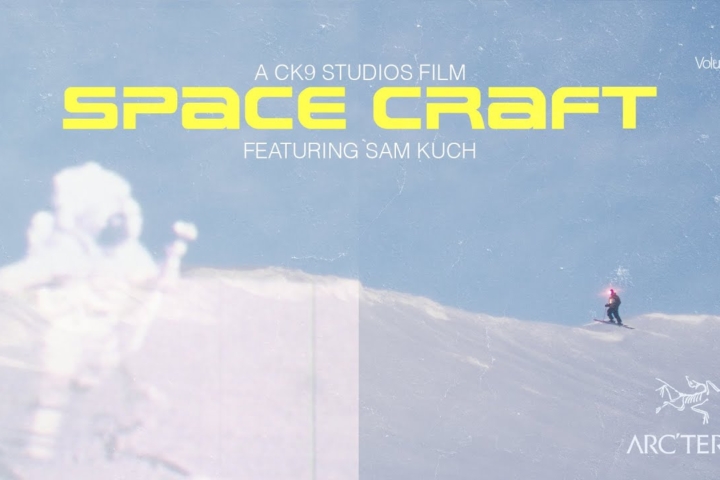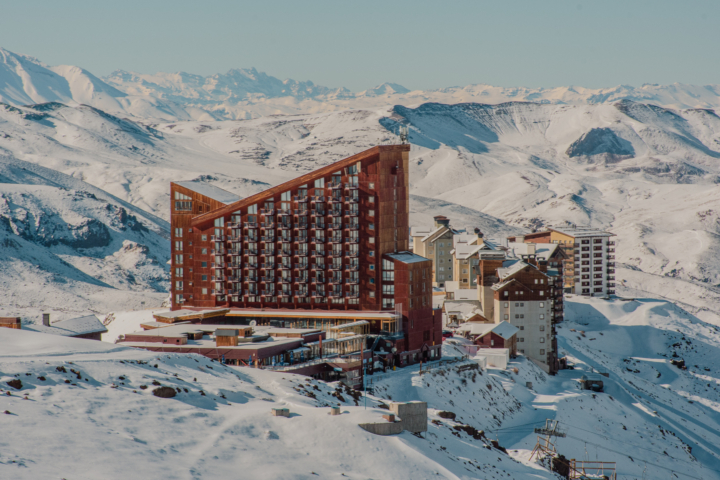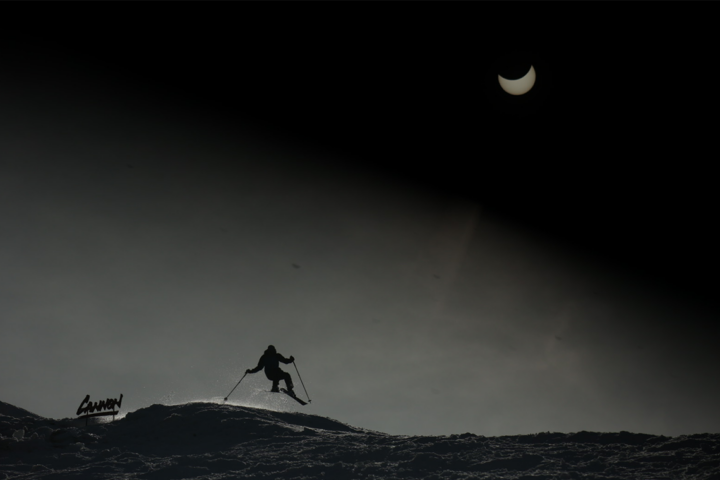
When it comes to backcountry safety equipment, beacons, shovels and probes are the most talked-about items to have in your bag should a rescue scenario arise. But what if there was a piece of equipment you could carry with you to help prevent a rescue in the first place? FREESKIER caught up with Backcountry Access ambassador Matt Steen to talk about his single favorite backcountry safety tool: the BCA BC Link 2.0 Radio.
Having lived in Telluride for the last 20 years as a ski patroller and a professional ski guide, Steen has seen and partaken in enough rescue scenarios to know that prevention is key. He’s also seen the town of Telluride explode in population size, clogging up the local backcountry zones that can be accessed from the resort and positioning skier groups on top of each other. A huge red flag that can cause serious—albeit, unintentional—harm.
“In a nutshell, [radio] communication can clear up a lot of uncertainties about who else is potentially out there with you,” says Steen. “Telluride has this terrain that’s right off the ski area and it’s pretty gnarly, really. 2,500 vertical feet, you can’t see the entire slope. There’s a lot of choke points, like upper bowls that feed into couloirs. [Radios] can help mitigate rescue scenarios from ever happening.”
As a way to facilitate radio communication between different backcountry groups, Steen and the Telluride Mountain Club decided to implement a common channel system for the area about five years ago. In the time since its inception, the common channel system has become the norm for local backcountry users to communicate with one another, report incidents of slides and facilitate rescues.
“We’ve had a bunch of real-case rescue scenarios where these common channels have come into play,” Steen tells me over the phone. “There was one scenario where one group had a femur fracture on a mountain outside of our common channels area but they were up high enough, knew the channel and hoping that someone was listening, chimed in on this channel and someone responded. They were able to get cell reception and call in for a rescue.”
Steen goes on to explain another scenario, admittedly a crazy, fortunate happenstance, that could not have happened without the use of a radio and a common channel, “There was another incident with a life-threatening injury in the small town over and the two people who just happened to hear the radio call were an ER doctor and an Everest Mountain Guide. They put their skins on, responded to this [call] and the local ER doc confirmed this guy was going to die and needed to get out of there super fast. If that group didn’t have a radio, his partner would’ve had to descend and knock on doors, so that saved his life.”
Radios are also a great way to save the unnecessary expense of outside resources, and therefore reserve for real rescue situations. If an avalanche is reported over the common channel, ski groups are able to communicate they were the trigger and no one was caught, or conversely, indicate help is needed. Whether it’s to prevent a rescue or serve as a key player in one, Steen firmly believes every backcountry user, professional or not, should carry a radio at all times and consider it a key player in your safety equipment lineup.
Specifically, Steen uses BCA’s BC Link 2.0 radios. Calibrated with twice the power of the 1.0 model, the Link 2.0 features two watts of power for an increased usable range. Meaning if you’re traveling through one zone, it’s possible to reach another group via radio in another zone thanks to the BC Link group communication system. The rechargeable lithium ion battery lasts for days but Steen recommends charging daily to avoid it ever dying while you’re out recreating. Steen also recommends having multiple radios, if possible.
“When I obtained my first radios, I got four,” says Steen. “One for me, one for my wife and then two extras that I always bring to the trailhead just in case someone forgot theirs or you have friends visiting and you want to equip your whole group with a radio.”
Most backcountry safety tools, aside from avalanche education, are designed to be used once a rescue scenario arises. Time and time again, Telluride’s common radio system has proven its worth in prevention and action when it’s needed. So much so, other areas like Little and Big Cottonwood Canyon are implementing similar systems. So whether you’re just getting into the backcountry, or you’ve been setting skintracks for years, every person should not only carry a radio with them but also know the shared radio channels of the area, if there are any.
“It’s great to know how to use all of the other stuff but I’ve done enough rescues to know that prevention is the key, says Steen. “You don’t want to dig anybody up.”
Enter for a chance to win a Tracker4 Rescue Package from Backcountry Access!
